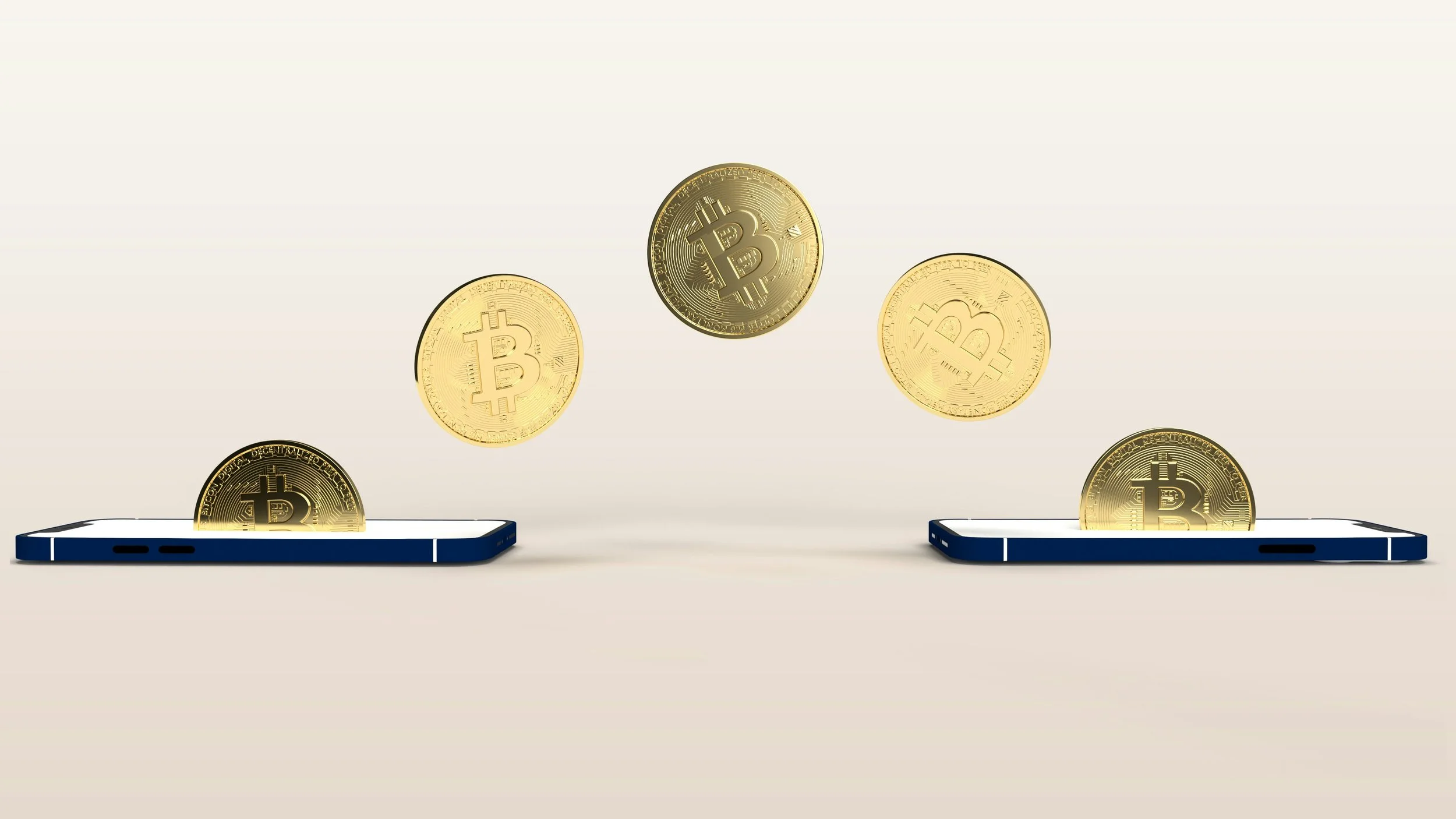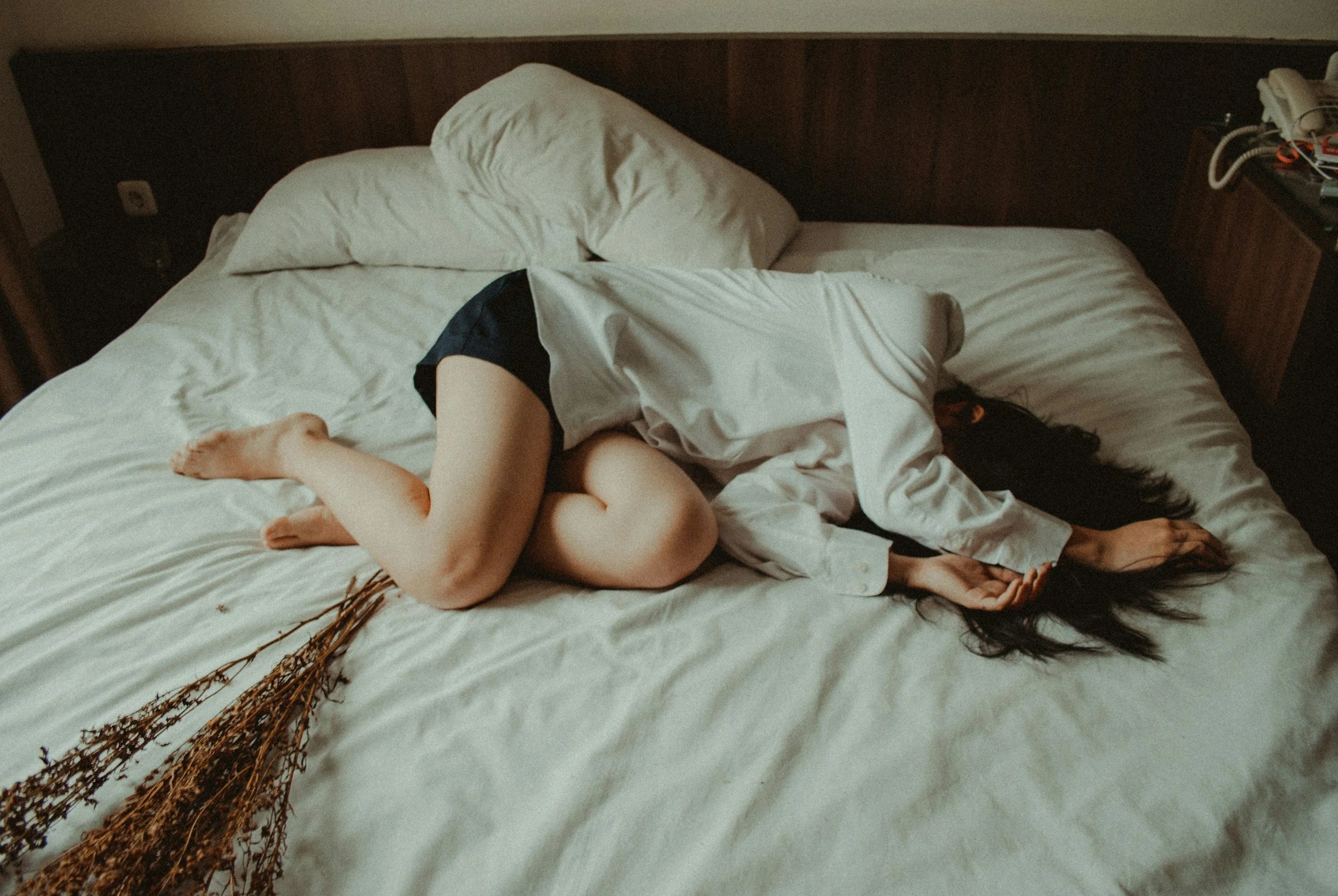Healing the Body and Soul: Tackling Anorexia Beyond Numbers
Image credit: Diana Polekhina
The inner voices of anorexia nervosa whisper to me that I’ll never be completely satisfied until I lose my desired amount of weight, and that my worth is measured by a number on the scale.
Anorexia; even the name mocks me and my inability to eat three full meals to this day.
According to Mayo Clinic, “Anorexia (an-o-REK-see-uh) nervosa — often called anorexia — is an eating disorder characterized by an abnormally low body weight, an intense fear of gaining weight and a distorted perception of weight. People with anorexia place a high value on controlling their weight and shape, using extreme efforts that tend to significantly interfere with their lives.”
It’s a complicated mental disorder that doesn’t discriminate, and goes far beyond just a desire to be fashionably thin and achieve a model-worthy “thigh gap.”
Anorexia is more common than one might think, but there’s a serious lack of information behind it. About 50-80% of the risk for anorexia is genetic; 9% of American women will have anorexia in their lifetime; 10,200 deaths are a direct result of an eating disorder — that’s one death every 52 minutes according to the National Association of Anorexia Nervosa and Associated Disorders. Keep in mind BIPOC are significantly less likely than white people to have been asked by a doctor about eating disorder symptoms, and are half as likely to be diagnosed or receive treatment.
It should be common knowledge that over 45% of 9-11 year-olds are “very often” on diets, and begin experimenting in crash dieting, fasting and sneaking diet pills or laxatives. I was part of that 45% when I turned 11 and started to romanticise pictures of thigh gaps on Tumblr and fashion magazines, and restricted my eating to 200 calorie Nature Valley granola bars and Special K cereal that supposedly made you lose an inch off your waist in two weeks.
Calories, calories, calories.
Everyday my mind was wrapped around calorie counts, weighing myself three times a day and counting how many grams I gained after every meal. When I turned 12, my immune system shut down easily, and I caught every type of sickness you could imagine, and my mother would make me see a doctor every other week.
I was used to the same diagnosis, “just take more nutrition pills and gummies.” My doctor underestimated how dangerously underweight I was; yes, even when I was pushing almost 40 pounds underweight and weighed a mere 75 pounds.
Every month I was taken out of school early and would wait in the doctor’s office on a cold, metal chair in a ghastly white room that was surrounded by scales, worn-out Chicago Sun-Times newspapers and violent news coverage on the TV that I couldn’t mute. My throat was dry, my heart was racing and I cracked my knuckles out of anxiety before I stepped on the godforsaken scale. I recall leaving each time more pale and mentally drained because all my mental energy had been used up.
The doctor gaslighted my extremely unhealthy weight by saying it’s common for adolescent girls to be losing so much around this age, and not to overreact by sending me to inpatient treatment.
Part of the reason that treating anorexia is so challenging is the lack of experienced and knowledgeable healthcare professionals. Anorexia is a unique blend of physical and mental issues that makes it delicate to treat. Doctors may feel like they’re not capable of handling the mental challenges, while psychiatrists may not know how to approach various health problems.
That was the moment I was scared of going to the doctor’s, and started carrying exactly 75 nickels and quarters in my pockets every time I was weighed. Everything after that moment became blurry as I indulged deeper in self-sabotage at 13 and 14 by flushing food down the toilet that my grandma cooked or fed it to my dogs. I did so by wearing oversized hoodies when I ate, so I would discreetly hide the food in napkins, put it in my pockets or socks and flush them later.
Surrounded by complete darkness, I would never turn on the bathroom lights so I wouldn’t have to see the bones sticking out of my pale skin or face the flashing red scale numbers. Dissociation became very real, to the point where I would see strangers down the street and try to guess their weight in my head, and pinpoint the “skinny” traits I wanted from models that graced the covers of Seventeen Magazine.
I vividly remember that inpatient admission criteria required that anorexic patients have to be less than 70% of their ideal body weight, or have a body mass index below 15. In a woman who is 5 feet 4 inches tall, that's about 85 pounds.
I never spoke up. I never got professional help to this day. I asked all my close friends to hide their weight scales when I would come over to their houses. I avoided family holidays for the longest time. I developed social anxiety which caused me to be isolated, quiet and in a constant battle with my own body. Can I just note here that 53% of people with eating disorders such as anorexia nervosa also have an anxiety disorder. The physical impacts of anxiety can be just as detrimental as the mental impacts. I never even realized I hit all the characteristics of anorexia because of how naive and young I was. Nine years later and I still get triggered when someone tells me I look “healthy” because for so long in my life I associated the word ‘healthy’ with weight gain — don’t get me wrong though, I love rocking dark under eye bags and pale skin more than anyone I know.
When I was 15, I started my freshman year at a Catholic high school — another addition to my trauma. We were forced to go to a monthly mass and my first month attending, I was feeling more insecure than ever when I saw how thin all the girls’ legs were in their hiked up plaid skirts that showed their hot pink lace underwear. I starved myself to 200 calories everyday for three weeks straight. When I had to attend mass, it was a sensory overload and I felt dehydrated and lightheaded. Intense smells of incense smoke filled my malnourished body and I collapsed onto the floor holding a bible in my hand in front of over 400 people. Everyone avoided me for two weeks after that incident.
My sophomore year of high school, I was a starting player on the JV volleyball team. I played as a setter, also known as “quarterback of volleyball,” and it was my job to jump high and be quick on my feet. I don’t know what was more scary, the fact that I had to wear spandex so my body would be exposed in front of everyone or actually messing up a play.
The locker room talk was brutal. Girls would overshare about their eating habits and casually mention the “freshman 15” and “sorority 40” myths. They lifted their shirts, ran their hands down their stomachs and said they were too fat, but when in reality, their bodies were my desired goals. This caused me to spiral and binge eat out of nervousness everyday after practice. I gained 28.7 pounds and I couldn’t jump as high as I could, so my coach pulled me aside, said I was slower compared to the other girls, demoted me and I lost my starting setter position. I played volleyball for six years prior, and gave up after that fall season because of how many triggers surrounded the locker rooms and gymnasium courts.
Binge eating followed me throughout my high school career as I pursued cheerleading. I wore two layers of long-sleeved, tight clothing to cover my arms and the cellulite on my legs — even when it hit 95 degrees. There were so many fake smiles that appeared on the football field that masked my mental breakdowns I’d had two hours earlier over the whole football team possibly seeing my thick thighs and cellulite.
“Body checking” was another harmful trait I developed pre-teen years when I would pinch my stomach for fatness or wrap my fingers around my wrist to see if it was still “small enough.” Continually weighing myself and trying on petite clothing, I magnified my negative self-view to give a distorted image and point out unnecessary flaws in myself.
The fear of intimacy is a real thing when you don’t have a solid perception of how your body looks, let alone how other people view it. I avoided any sexual encounters for as long as I could until I was happy with my body.
Two days before I started college, I threw out my scale for good and refused to take it with me to the dorms. Naturally, the first semester I lost 35 pounds because I ate a normal two meals a day, stopped eating junk food, hydrated properly, made an effort to exercise and gained confidence because of my new, trusted friend circles.
If you google the symptoms of anorexia; the usual dehydration, fatigue and irregular menstrual cycles are the most searched warning signs. What WebMD doesn’t tell you is that hair begins to fall out in clumps, teeth yellow, random bruising happens, the development of an ongoing, irrational fear of eating more than one meal a day, exhibiting early signs of social isolation and compulsive behavior occurs. Restoring a body malnourished by anorexia may take many months or even years.
Un-ironically, I’m good with remembering numbers beyond the scales.
For example, I ran into my love who I adore wholeheartedly on the third week of November on the 23rd on 33 E Balbo Dr. They cherish me, uplift me and I feel secure with my vulnerabilities around them. I never have to feel insecure with my body because I feel validated and safe. My ex-best friend of 11 years said she hated me on January 11, 2018. She talked about my weight loss behind my back over social media and would project and demonize my insecurities by straight up calling me anorexic. I met my best friend on September 5, 2019. She helped me express confidence with fashion that complimented my body instead of hiding or hurting it. I ate a full three-course meal (with dessert) for the first time in two years on April 20, 2014 — I counted the calories of course and it was 2,895. I wear the angel numbers 333 around my neck to represent the balance of mind, body and spirit as a reminder to not neglect one for the other when I encounter this number, and that the universe is assisting me in trusting my direction.
Fast-forward nine years later; it took me 2,920 days to be comfortable with my body. I went through four years of anorexia-nervosa, four years of weight gain through compulsive binge-eating, five years of navigating harmful stereotypes I heard in locker rooms of “I’m not thin enough to have an eating disorder,” nine years of breakdowns over not fitting into clothes and two years of somewhat healthy eating habits.
I am now studying to become a magazine journalist and social media strategist, again, un-ironically the two subjects that triggered my detrimental habits in the first place. I work as a freelance staff writer and actively cover stories on body positivity in the fashion industry and how plus-size models are breaking the internet.
Old habits are hard to dismantle; I threw out my weight scale for good on August 25, 2019. I stopped flushing food down the toilet (god knows how many toilets I clogged with chicken bones and full slices of pizza). I’m allowing myself to be vulnerable with people I trust in confidence, my fear of intimacy is gone, I indulge in self-care and I let go of rigid eating rules like only allowing myself to gain six grams everyday. I can now comfortably say that I have a much healthier relationship with food and my body image.
Body positivity is an umbrella term in my eyes. It’s important to continue to deconstruct conventional beauty norms and empower individuals no matter their physical weight, size, race, gender, sexuality and disability. The movement goes beyond loving yourself, but also recognizing how popular media demonizes certain physical traits and the relationships people have with their bodies, including how they feel about food, exercise, clothing, health, identity and self-care. By better understanding the effect that major influences have, the hope is that people can develop a healthier and more realistic relationship with their bodies and food.
Eating disorder recovery often transitions through different phases. My biggest advice for taking small steps is steering clear of mirrors, at least for a while. Learn mindful meditation. Eliminate stimulants like coffee. Journal about your feelings and reasons why it’s wrong to think that thinner people are better. Engage in activities that you love that have nothing to do with eating or weight. Even if it’s hard to eat three meals a day, let alone two, attempt snacking throughout the whole day to build up some nutrition. Avoid pro-ana and pro-mia websites that promote or glorify anorexia and bulimia. These sites are run by people who want excuses to continue down their destructive path. The “support” offered is dangerous and will only get in the way of your recovery by encouraging the intake of less than 400 calories a day.
If you’re reading this and never experienced an eating disorder and want to become more aware on how to be more supportive: avoid commenting on appearance, sponsor and donate to advocacy organizations that work to end harmful stigmas, share body positivity posts and eating disorder statistics on social media and educate yourself about the many types that go beyond anorexia. Some resources include Seeds of Hope, National Eating Disorders, National Institute of Health, National Association of Anorexia Nervosa and Healthy Teen Project.
Those who’ve never actually experienced anorexia, the stereotype that it goes away when someone realizes their own inner beauty and starts to eat again; that couldn’t be farther from the truth. If there’s one statistic to take away from this article, let it be that only 1/3one-third of individuals with anorexia receive treatment for it, despite it being the MOST COMMON chronic illness in adolescent females.
333, with love.











